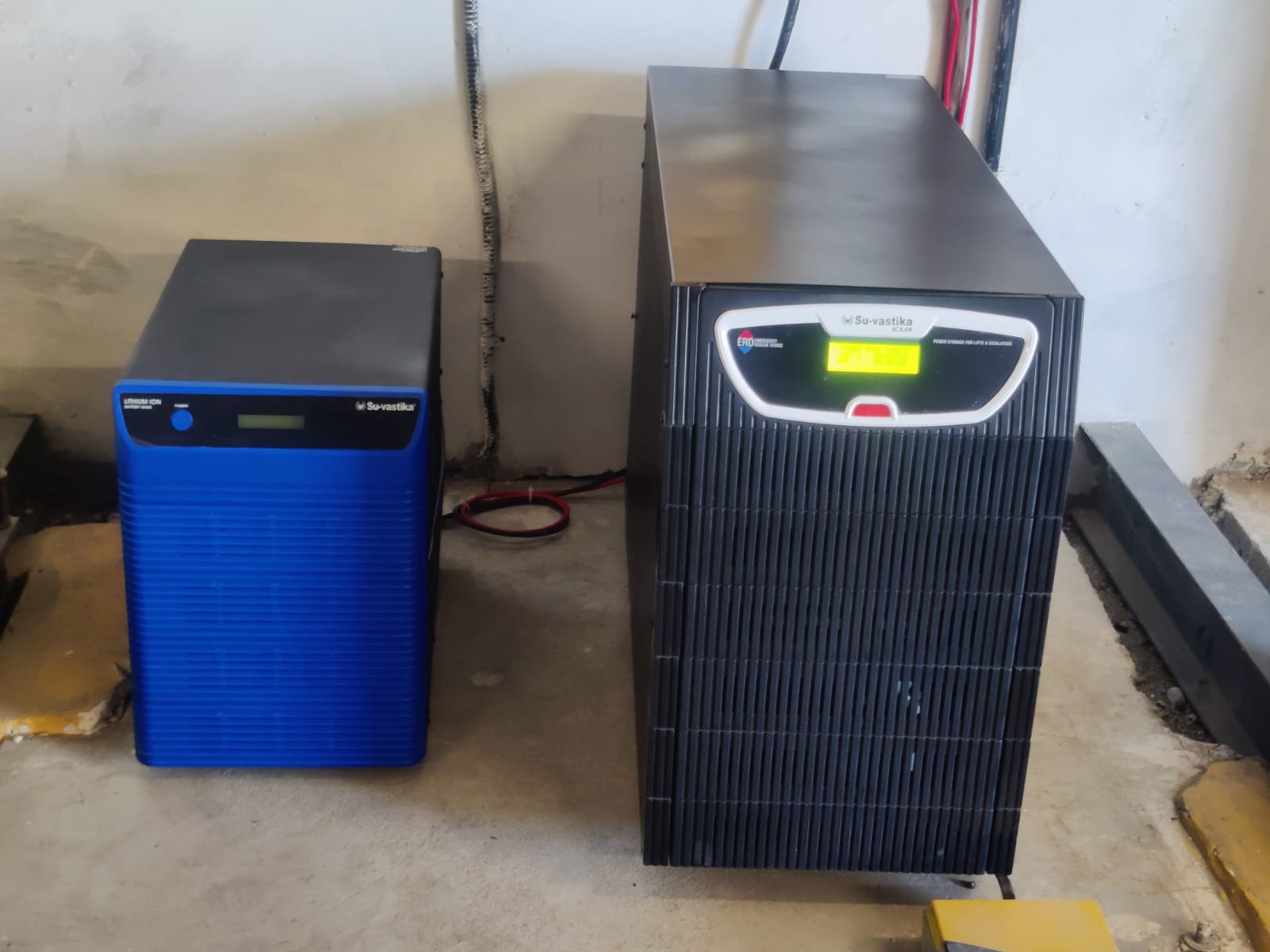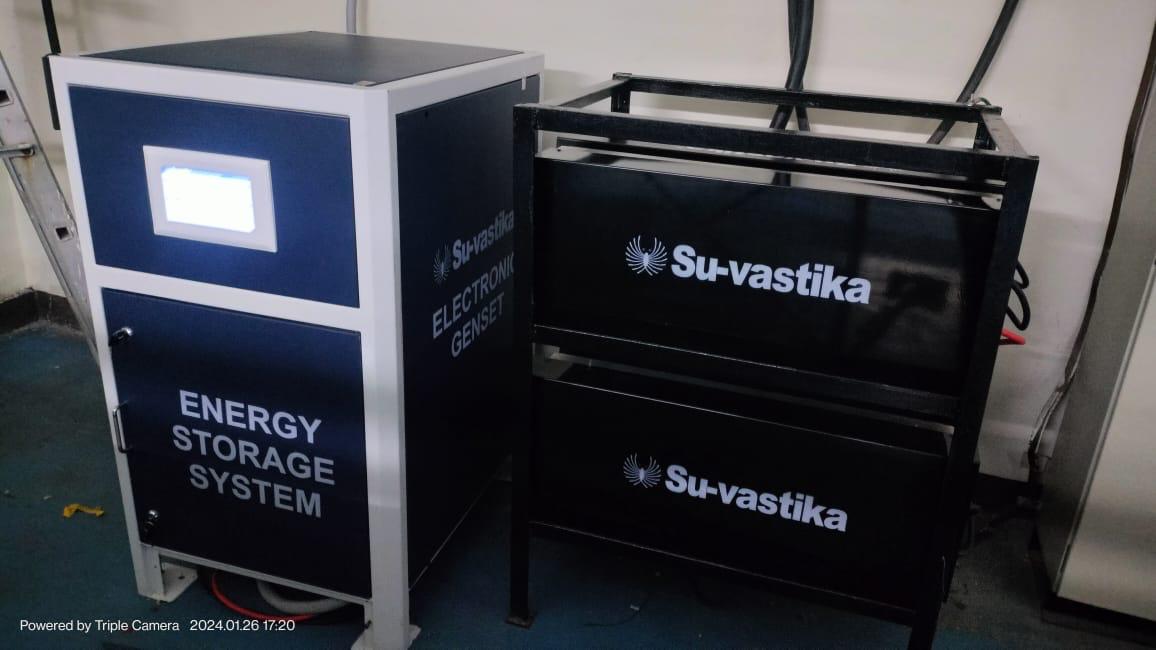
Can we uninterruptedly run our Load on inverter/UPS without any reset of TV, Computer, Printer, Airconditioners etc.?
The answer is Yes. We only need an Automatic transfer switch in the Inverter/UPS with a fast switching time of less than ten milliseconds.
Short switching time is the key to a smooth transition from utility to battery power.
Switching time/transfer time in a UPS (uninterruptible power supply) is the time it takes to switch from the utility to the battery power supply. It is typically measured in milliseconds.
The switching time is crucial because it determines how long the connected equipment will continue to operate without interruption when there is a power outage. If the switching time is too long, the related equipment may shut down, or reboot, which can cause data loss, or the TV will get rebooted along with the Netflix picture, which might take 3 minutes to return to the original condition.


The switching time of an inverter/UPS is determined by the type of UPS and the manufacturer’s switching time specification. Inverter/UPS/Home UPS has two kinds of switching times.
- Mains to Inverter Mode: As the Power goes off, there is a switching time from Mains to Inverter mode, which is generally higher than the Inverter to Mains Mode. For the Power Electronics designer, handling this is a challenging task as the MOSFET or IGBT can burn if this is maintained at a very low level.
- Inverter to Mains Mode: This is the switching time when the Power returns, and then the Inverter/UPS need to switch back to Mains mode. This is critical as the design must be meticulous and change at zero crossing so that relay or static switch used for switching has a longer life.
Here are some of the factors that affect the switching time of a UPS:
- Type of UPS/Inverter: Many Inverter/UPS are available in the market, and switching time varies from manufacturer to manufacturer and the product’s capacity.
- Voltage Range: If the voltage range is wide, the switching time will be higher, and if the voltage range window is small, a faster switching time will occur.
- Load on the UPS: The heavier the Load on the UPS, the longer the switching time will be. The UPS needs to transfer more Power from the battery to the connected equipment when the Load is heavier.
- Operating temperature: The switching time can increase at higher temperatures depending on the sensing circuit used by the manufacturer
Suppose the switching time is more, and the Inverter/UPS gets reset. In that case, the inrush current will come into the picture while starting the Load. If the switching time is faster, then the Inrush current never comes into the picture, and It has more inrush capacity automatically. This is a critical feature to understand when choosing the Inverter/UPS for fast-switching technology.
At Su-vastika, when the Power comes back, our switching time remains 1 to 3 milliseconds as we change the Load at zero crossing, which is the main reason for our low switching time and the durability of our product range.
The switching time of a UPS is typically specified in the product documentation. It is essential to choose a UPS with a switching time that is short enough to meet the needs of the connected equipment.
By understanding the factors that affect the switching time of a UPS, you can choose a UPS that is right for your needs.






